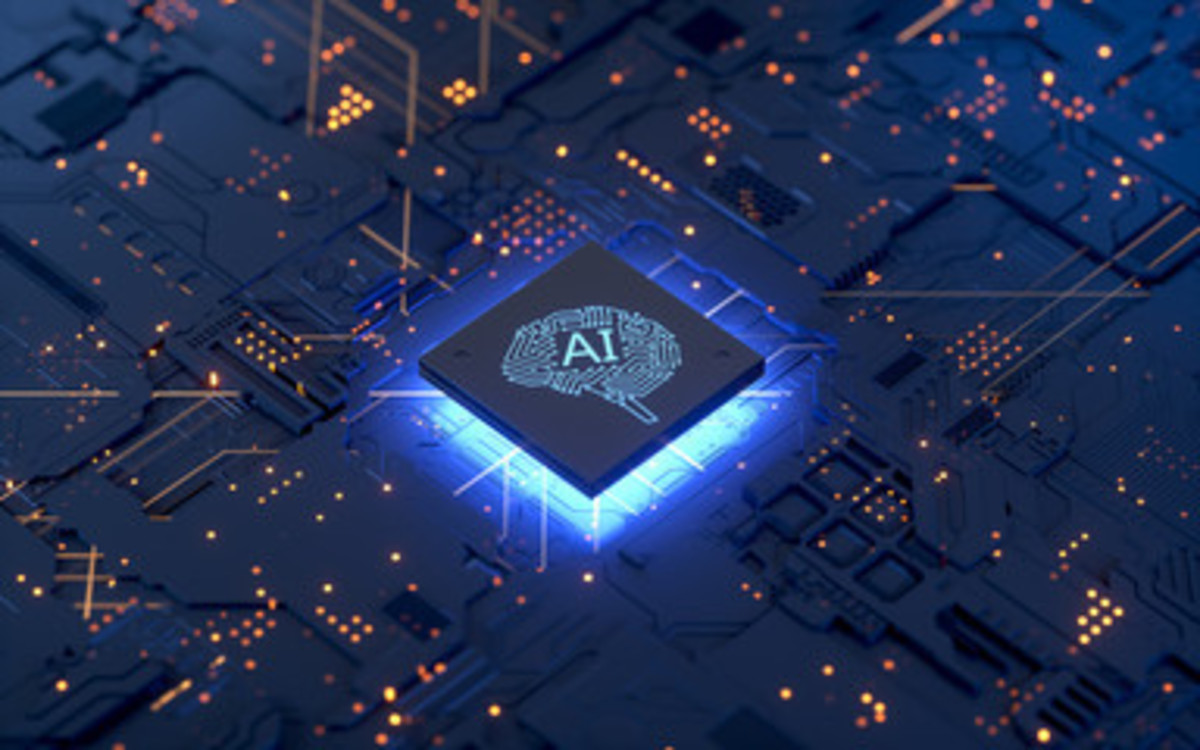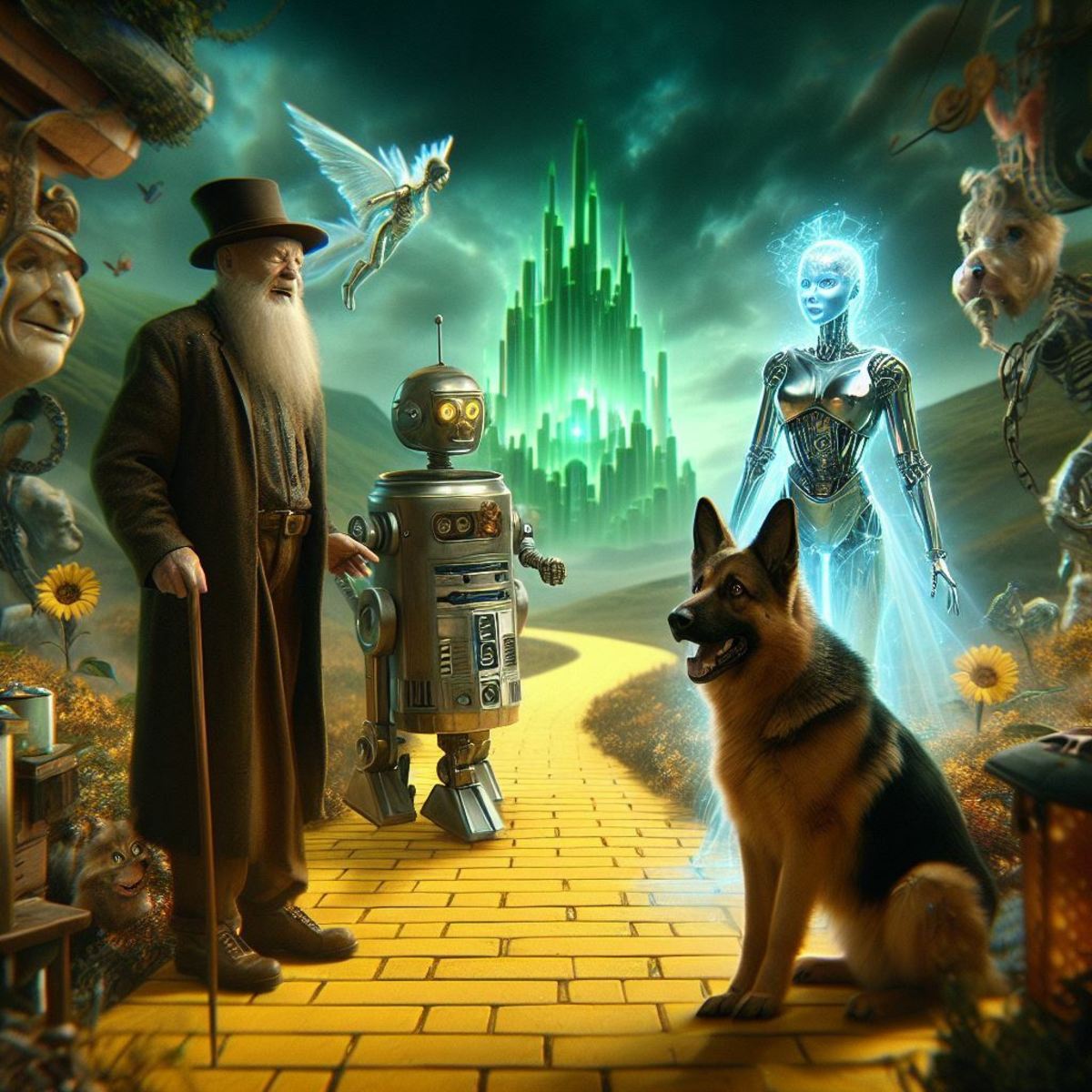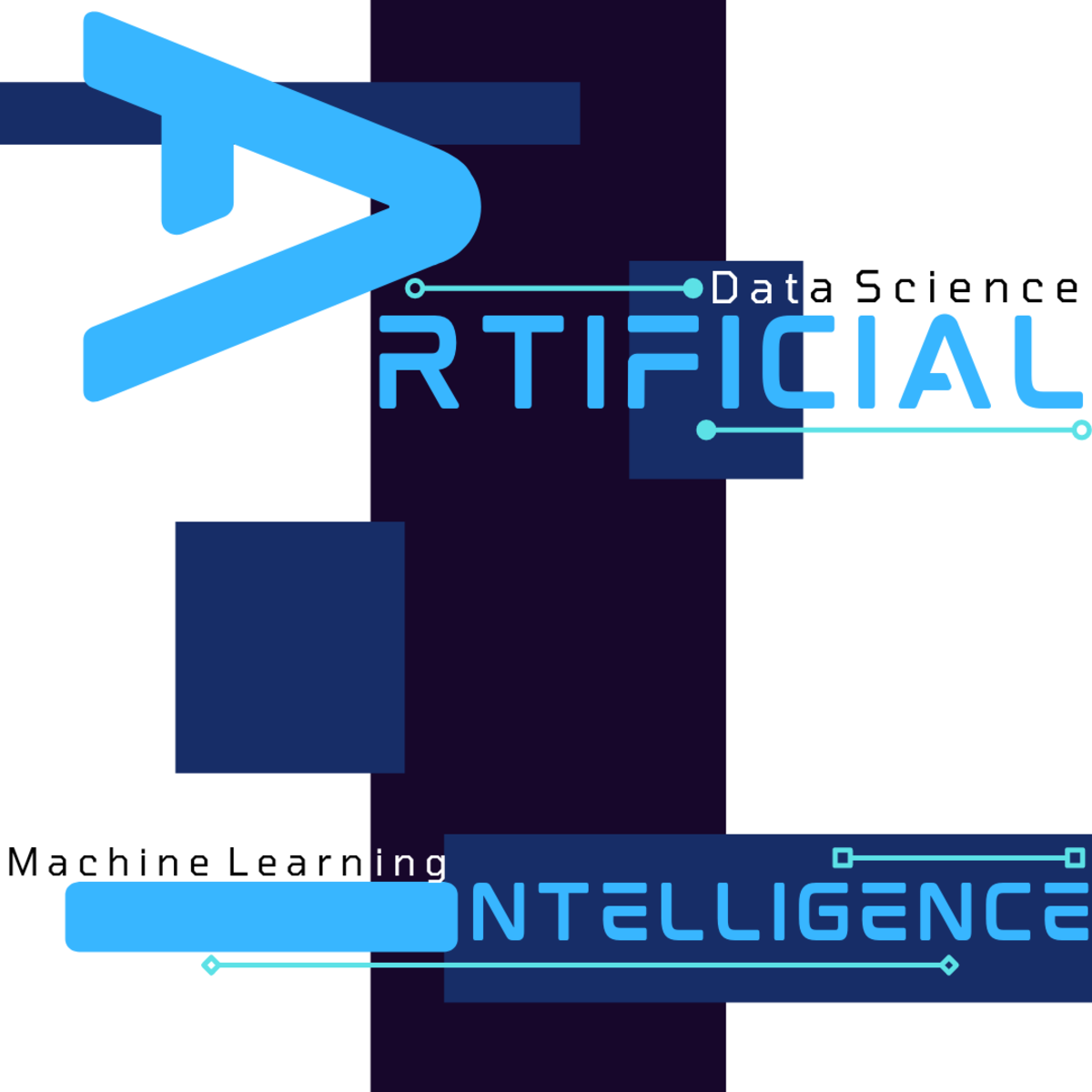Artificial Intelligence:The Dawn of a New Age of Robots
An Artificial Future
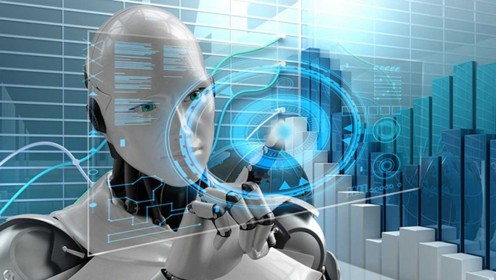
Artificial Intelligence: Tomorrow’s Technology
When people think of the human body, most just contemplate on what is skin deep, but the anatomy of man is so much more than that. Our bodies consists of not just a protective layer (the skin), but a multitude of organs, cells, electric impulses, and a highway of veins carrying our blood throughout it all. However, man has many weaknesses, but, luckily, over the past century he has discovered that, with technology, the human body can survive and surpass those same weaknesses.
With the collective invention of artificial intelligence by both John McCarthy (1958) and J. Alan Robinson (1963), the frailty of the human body has become obsolete. Man and woman in all their wonder are being recreated in parts and in whole without failures. The world is beginning to see new inventions that even 5 years ago we never even imagined we would see. Inventions vary from prosthetic limbs that connect to the electrodes in a person’s brain to UUV’s (Unmanned Underwater Vehicles) to fully robotic kitchens. We also see artificial intelligence in our everyday life with inventions such as Google Talk and Translation Bots (i.e. Alexa). Technology has encompassed are lives, and even though there will always be concerns, it considered by many technology professionals as the path to our future success and survival.
Artificial Intelligence: A Modern Approach Paperback – 2015
AI is All Around You!
Our society has grown leaps and bounds technologically over the past 50 years. When we all look back at what the world was like in the 1960's, we may ask ourselves how we ever got by. In 1960, LP’s (or vinyl records) were the common choice for music, and most television sets owned in America were still black and white. Forget about having a home computer, that didn't get invented till the 1977. And you want a cellphone? You're gonna have to wait a few decades till 1983. Even some common household appliances were not in kitchens yet (i.e. the microwave). (Lebergott 4) However despite the lack of tech gadgets, the 1960’s could be, in some ways, considered the birth era of artificial intelligence. “The first clone of a vertebrate, a South African tree frog, was produced in 1967.” (decade60.html) And in 1969, Buzz Aldrin and Neil Armstrong were the first to walk on the moon in Apollo XI. Medicine even saw advances in the 1960’s when a “Dr. Denton Cooley implanted the first artificial heart into a human, and it kept the patient alive for three days until a real human heart could be transplanted.” (decade60.html)
Yet even with all these amazing technological advancements, the 1960’s still look archaic when compared to the new millennium. If you sit down and actually review what kind of artificial intelligence is out in our society today, you might be surprised. AI is all around you. It is in your cellphone, your new Xfinity remote, and it might just be apart of that new fancy refrigerator you bought at Lowe's. Even if you aren't an IT specialist at your company, it may surprise you to learn that you could be working every day alongside AI. According to a 2017 research study published in the Harvard Business Review, companies around the world are using AI anywhere from 15% to 44% of the time for designated tasks (Ramaswamy). These jobs can range from automated call distribution to monitoring social media comments to detecting security threats (Ramaswamy).
Both in Science & in Psychology, Man Must First Free His Mind Before He Can Understand It
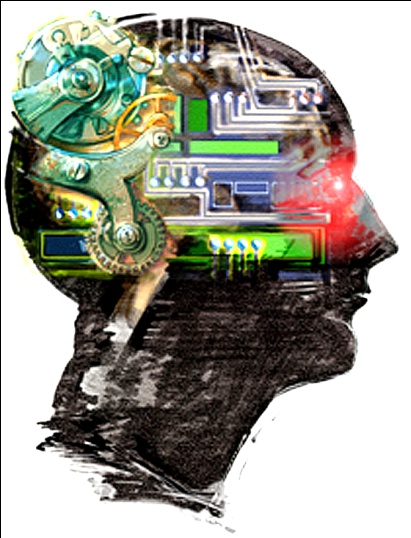
It's a Revolution!
Advances in technology in today’s society happen at a much quicker pace than they did in 1960. According to the YouTube video Social Media Revolution, technology has advanced rapidly from the “radio in 38 years” to the “IPod in 3 years” to reach “50 million users.” Showing this mass progression of technology also further proves a theory called Moore’s Law. Named after an Intel worker named Gordon Moore, Moore’s Law states “that the number of transistors that can be packed into a silicon chip of the same price would roughly double every two years.” (Beekman pg.8) However, convenience always has a dollar sign attached to it.
Social Media Revolution 2018
So What Exactly is Artificial Intelligence Anyways?
But the conveniences of newer and faster technology have far outweighed the cost for our society. New advancements in technology have introduced to man something called artificial intelligence. AI is “the field of computer science devoted to making computers perceive, reason, and act in ways that have, until now, been reserved for human beings.” (Beekman pg.552) The idea of recreating a human sounds unimaginable if not insane to most people. When you think about how complex our anatomy is, it seems impossible to replicate. However, in many ways, a computer is our manufactured sibling, with tiny silicone chips, a CPU, a memory, and a hard shell called the tower system. Computers today already function quicker than the human brain. So it is not impossible to imagine that we could invent a machine that was just as human as we are. In fact, there are many inventions in our society today that already have bits and pieces of a human’s functions.
Introduction to Artificial Intelligence 1st ed. 2016 Edition
When AI and Tech Giants Partner Up...
As previously stated, some of these AI inventions already exist in our homes. Two such inventions are Google Talk and Translation Bot. Created by the company Google, both were put in place to assist with the growing internet population of the online chat communities. Google Talk is an online program that allows the user to talk with someone else in “real time,” and do a variety of online things at the same time. The software allows for file transfers, audio conferencing, and even video chat. Google Talk can also connect with your Gmail account, and allow you to chat with your online friends through that application.
Another Google invention that took us one step closer to artificial intelligence was Translation Bot. The Translation Bot, or Google Talk as they call it, was invented to help with “language barriers” between online users. For an American businessman to be able to communicate to a fellow Chinese businessman the aspect of a business deal without the need of a translator is priceless. As the user types their message, Google talk translates it into the desired language for the receiving party. This software was created in 2007.
Just seven years later, another tech giant broke the AI barriers when it released its own "talk assistant." In November of 2014, Amazon unleashed to the world Alexa, a virtual assistant that can not only converse with you but she will also happily manage your smart-home devices and execute simple requests, such as being asked to play a song or call a phone number. Alexa is embodied in two different devices: the Amazon Echo and the Amazon Echo Dot.
But if we are to have a conversation about artificial intelligence, we must discuss the company that has invaded homes across America and the rest of the world with its AI software since 1976. Known at first for its signature IPhone, Apple has been considered a leading tech giant since the founder's invention of the Apple One computer (the very first mainstream home computer). With other inventions like the IPod and IPad, Apple has been able to meet almost every need imaginable by its consumers. Apple has even set itself apart and above its competitors. The iPhone has a retina display that is “so high the human eye is unable to distinguish individual pixels.” (www.apple.com) The iPod Nano has a voice over option that tells you the name of the song and the artist, and the iPad is handicap accessible. (www.apple.com) With features like these, Apple has made it so that artificial intelligent software is both accessible and affordable to the average American household.
The History of Apple (40th Anniversary)
The Other Reasons for AI
Not all of the advancements in artificial intelligence have been for everyday use. Some have been to better the lives of those who are unfortunate. According to the Amputee Coalition of American, or ACA, there are over 1,285,000 amputees living in America as of 1996. Between the wars in Iraq and Afghanistan, estimates as of 2010 are said to be much higher. An amputee can be described as an individual who has either a partial loss of a limb (such as loss of a few fingers on one hand), or complete to multiple loss of limbs (such as loss of one or both legs). Life as an amputee in our technologically hungry society seems unfair at a quick glance. But with advances in bionic prosthetics, many amputees are currently living fuller lives.
When Science and The Human Body Merge

AI Medical Advancements
Institutions, such as the New Brunswick Institute for Biomedical Engineering, are leading the way in development of bionic prosthesis. At New Brunswick, they have a whole department dedicate to the field of developing prosthesis for amputees, ranging in ages from 4 months old to 78 years old. (biomed) In this department, the scientists develop a relationship with the amputee from almost the moment the limb is lost (approximately 2 to 4 months after the initial loss), to when they fit and fabricate a new movable prosthetic limb with electrodes that can function in the amputee’s everyday life. (biomed) In addition to making sure the artificial prosthetic limb works well with the patient, UNB’s biomedical department offers occupational therapy to ensure that the prosthetic limb and the amputee develop a healthy relationship.
Another A.I. advancement in the medical community is prosthetic heart valves. Second only to the brain, the heart is the most important organ in the human body. Prosthetic heart valves have the ability to act just like actual human heart valves. Unfortunately, as with most things in general, the human heart can grow weak and deteriorate over time. The need for prosthetic heart valves is not just for the elderly. Individuals, who suffer some sort of heart trauma, such as from heart disease or a heart attack, may be strong candidates for a heart valve replacement. But this technology has not come without concern. Earlier versions of these prosthesis had to be recalled because of “compromising metal.” (Immel, E) However, more current versions of the heart valves have allowed the patients and medical community to better function as if the prosthetic was the real thing.
Biological Aortic Heart Valve | Animation Video
AI and the Future
Knowing already what artificial intelligence has done for us today, one can only imagine what it has in-store for us in the future. In fact, the U.S. Navy can already give us a glimpse of what it may be like for us in the military in just less than 5 years. Currently the U.S. Navy is developing a product called the UUV, or Underwater Unmanned Fleet. A UUV’s purpose is to “track enemy subs and mines,” “while putting fewer sailors-and costly subs-at risk” according to an article published on Access World News on http://newsbank.com/. UUV’s will have the ability to go places that normal submarines can’t, and they will also have the ability to report back information to a base just like a normal sub. However unlike normal subs, UUV’s are much smaller and considered to be a great asset to the U.S. Navy, since their main purpose will be for “high priority missions.” (newsbank). There is already several demo UUV’s being used by the U.S. Navy, and other countries, and the first official UUV, a Block III sub called North Dakota, was reportedly expected to hit the waters back in 2014. (newsbank). Many in the military view the future uses of artificial intelligence as a godsend since it is expected to save many soldiers’ lives or prevent possible injuries. With inventions such as the UUV, this is a hope that could be achieved.
Concerns About Artificial Intelligence
Unfortunately, new technology always breads concern. One such concern is the theory of singularity. Singularity is the concept that there might come a “point where our old models will have to be discarded and a new reality will rule.” (Beekman pg.573) In other words, robots might rule the world someday. To imagine this in the millennium might seem a bit absurd, but when you take all the pieces of artificially intelligent machinery that has been created to date (i.e. Google Talk, bionic limbs, UUV’s) and combine them together, you realize that society is not that far off from having a robot that could replicate all human action, up to and including emotions. Imagine having a robot as President of the United States of America! The idea of it seems crazy, but anything could happen.
Skeptics of the creator of singularity, Verner Vinge, believe that even with current and future advancements in artificial intelligence, our society will never reach true singularity. One solid idea that rings true throughout all of Vinge’s skeptics’ opinions is that machines lack emotion. It is true that what separates humans from the rest of the mammals on earth is our ability to reason and feel. The concept of recreating what is innate in a human but not in any other living being does seem a little far-fetched. One should question whether or not it is even possible. If man cannot teach a dog or cat (a simple domesticated mammal) to reason and feel as we do, is it really possible that we can implant those same emotions into a robot? On the other hand, we have already recreated almost every other part of the human body; is it not safe to say that man can recreate a functioning human brain with emotion as well?
To Fear or Not to Fear AI
Do you believe artificial intelligence helps humans?
Final Thoughts
In conclusion, the concept of singularity is something our society has been questioning for a long time now, even before all the current advancements in artificial intelligence. With movies such as The Terminator and characters such as HAL in 2001: A Space Odyssey, people have been wondering what robots would do if they were transformed into super robots. To contemplate this idea, you must first understand that the creation of artificial intelligence starts with the creator and not the robot. Similar to your desktop computer, most artificially intelligent machines have software installed in them. They are made up of memory called RAM, and have tiny little silicon chips installed in their CPU (central processing unit). (Beekman pg.39) Also like your average computer, A.I. devices are susceptible to programming issues and viruses. With this in mind, it is very possible that an artificially intelligent machine could go haywire, for lack of a better word. In order to prevent this from happening, the creator and owner of an A.I. device would just need to follow the same pattern of maintenance that you follow for your average computer (give or take some extra steps).
But our society should NOT dwell on the “what if’s” of our future with artificial intelligence. Any possibility of singularity or a future HAL is out of our hands at this very moment. Instead, we should concentrate on the positive aspects that AI has and will bring to mankind. These inventions have allowed us to take our every day average computers, and transform them into portals like you see on Star Trek. We can now sit and chat with a distant family member from another country, and understand each word the other person says. We can hop onto Skype and Google Talk and see each other on video in “real time.” We can use our iPhone to find exactly where on earth we actually are, and then we can find the nearest movie theater. We can also use our iPod to make a music video of ourselves singing Lady Gaga’s “Poker Face,” and then download it straight to YouTube. A new IPad can access every book published online while writing a new one, all while using a new bionic prosthetic hand. The extent to which artificial intelligence has already helped and advanced our society is immeasurable.
It is even more amazing when you review the possible ways that artificial intelligence may help mankind in the future. With the total population of amputees in America already in the millions, it is a necessity that advancements are being made with bionic prosthetic limbs. It is even more important when you look at the amount of causalities in recent years in the military. Recent casualties are another reason that artificial intelligence has found a home in the military. Partnered together, artificially intelligent machines, like bionic limbs and UUV’s (Unmanned Underwater Vehicles), have the ability to save and better millions of lives.
Either way you look at it, artificial intelligence is already here. Understanding the true meaning of its technology is definitely important to coexisting with AI on a daily basis. Years ago, people said no man would ever step foot on the moon, but then Neil Armstrong and Buzz Aldrin proved them wrong. Years after that, nobody ever thought a computer would ever be cheap enough or small enough to fit inside an average American home, but Steve Wozniak and Steve Jobs showed them they could create such a device. Now, our society is faced with another possibility. Can man be recreated into a machine? After learning about all that we have accomplished in the field of artificial intelligence, can you really say no? If technology has proven anything over the past 50 years, it is that anything is possible. The idea of recreating human emotion in a cold-hearted robot may seem unthinkable but, in the field of artificial intelligence, it is the next and last step.
Works Cited
Bacon, L.(May 17, 2010). Unmanned Fleet on the Horizon. News Bank Access World News. Retrieved June 22, 2010, from http://docs.newsbank.com/openurl?ctx_ver=z39.88-2004&rft_id=info:sid/iw.newsbank.com:AWNB:NVTB&rft_val_format=info:ofi/fmt:kev:mtx:ctx&rft_dat=1300E9E6F5949168&svc_dat=InfoWeb:aggregated5&req_dat=4C58F5F42E564D44BD52216ADD385B97
-Artificial Life(2003). In Encyclopedia of Computer Science. Retrieved June 3, 2010 from http://www.credoreference.com/entry/encyccs/artificial_life
-Automation(2004). In McGraw-Hill Concise Encyclopedia of Science and Technology. Retrieved June 22, 2010
-Cognitive Science(2003). In Encyclopedia of Computer Science. Retrieved June 22, 2010
-Computer Science(2003). In Encyclopedia of Computer Science. Retrieved June 22, 2010
-Woodward, C. Chronicle of Higher Education; 12/15/2006, Vol. 53 Issue 17, pA12-A15, 4p, 3 Color Photographs. Retrieved June 22, 2010.
-Ramaswamy, S. How Companies Are Already Using AI. April 14, 2017. Harvard Business Review. Retrieved on October 5, 2018 from https://hbr.org/2017/04/how-companies-are-already-using-ai



